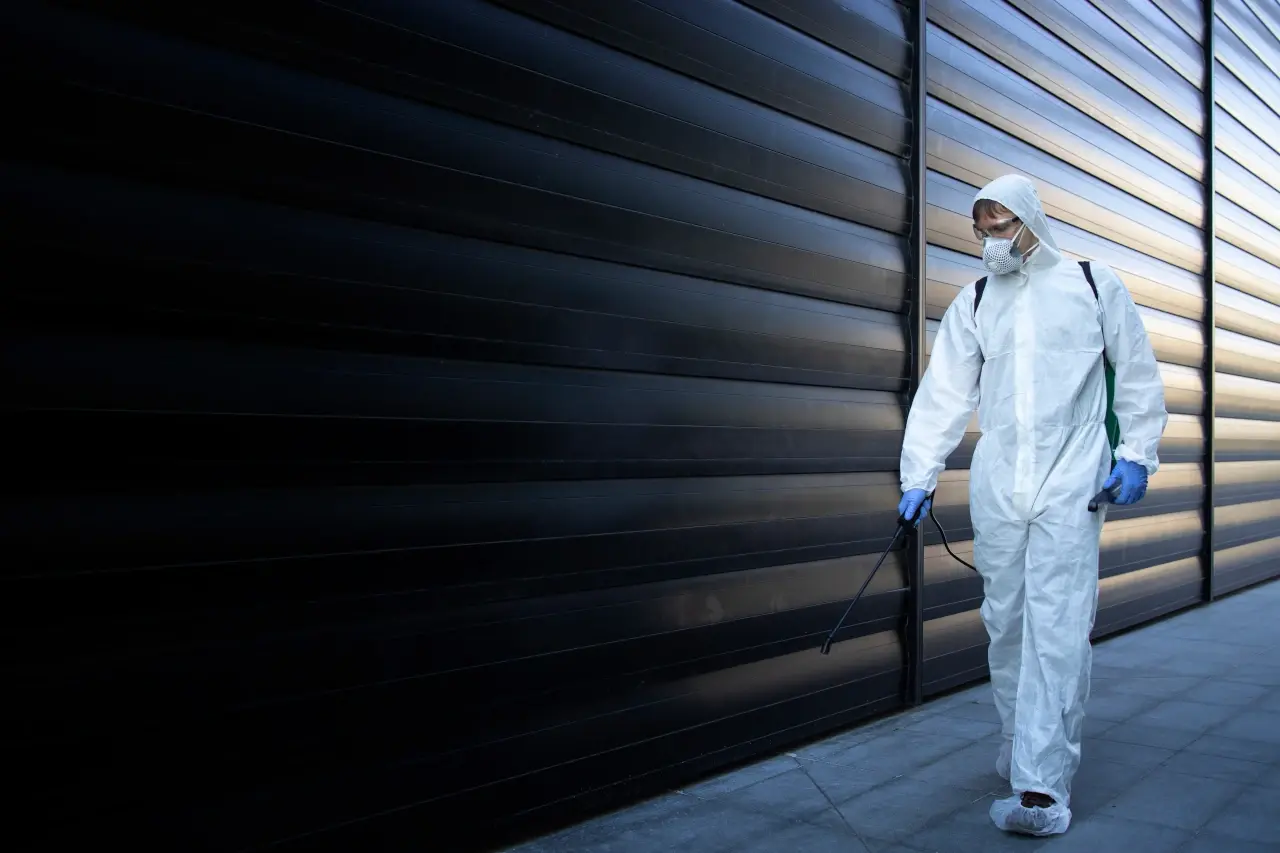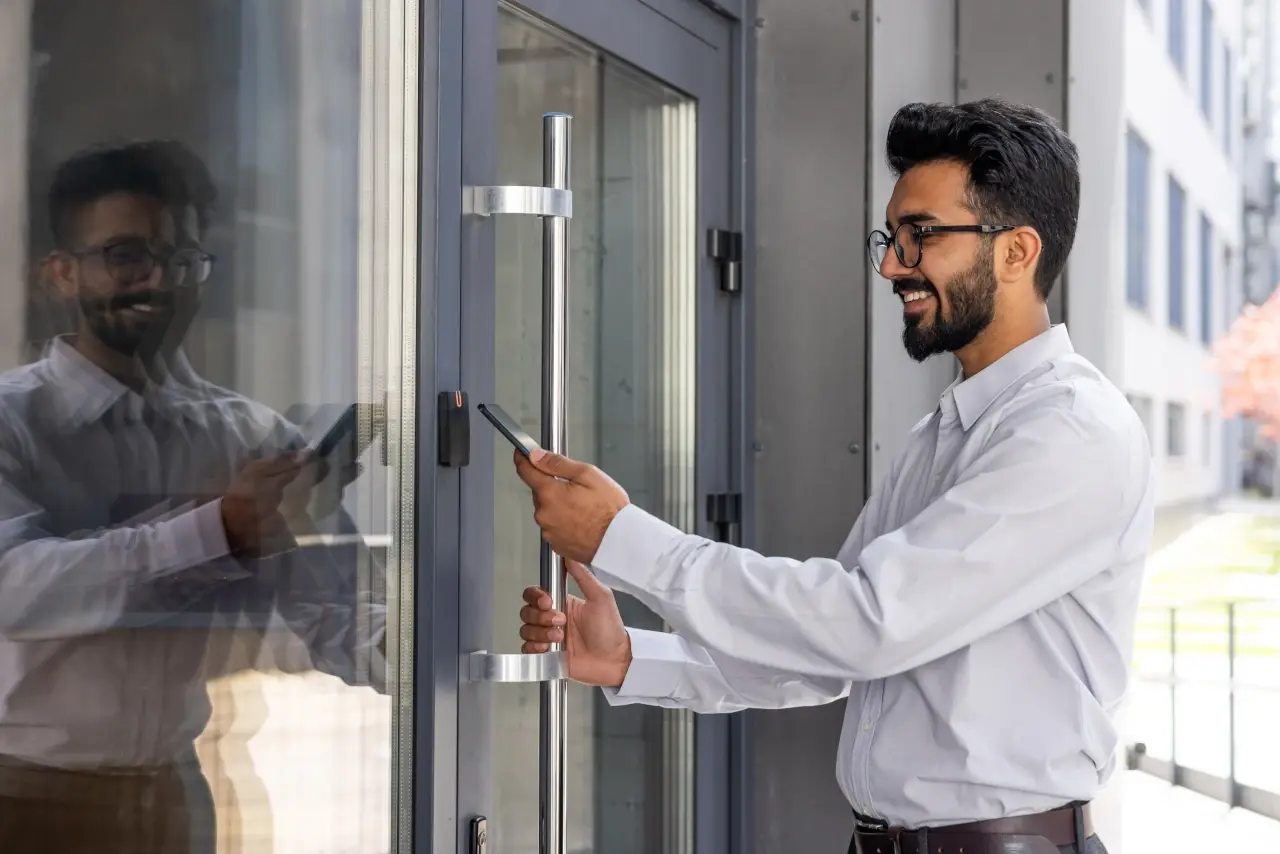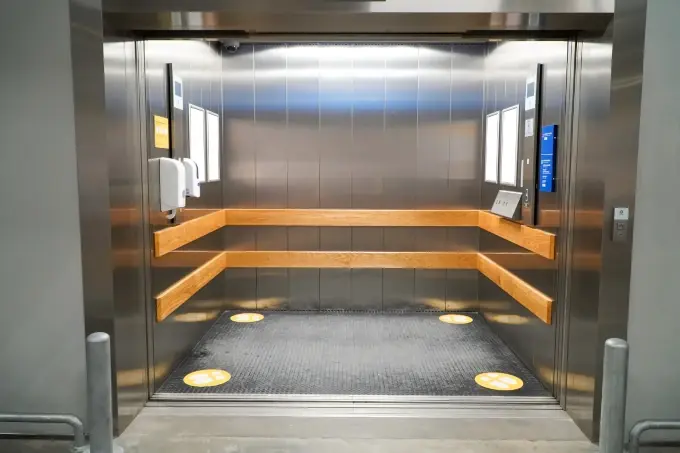Handling Biomedical Waste in the UAE
According to waste specialist journalist Salman Zafar, UAE’s hospitals and other medical facilities produce around 21.5 tons of medical waste every day. A significant portion of this is classified as biomedical waste and requires specialist handling and disposal to avoid the risk of infection and other threats to public and environmental health.




















